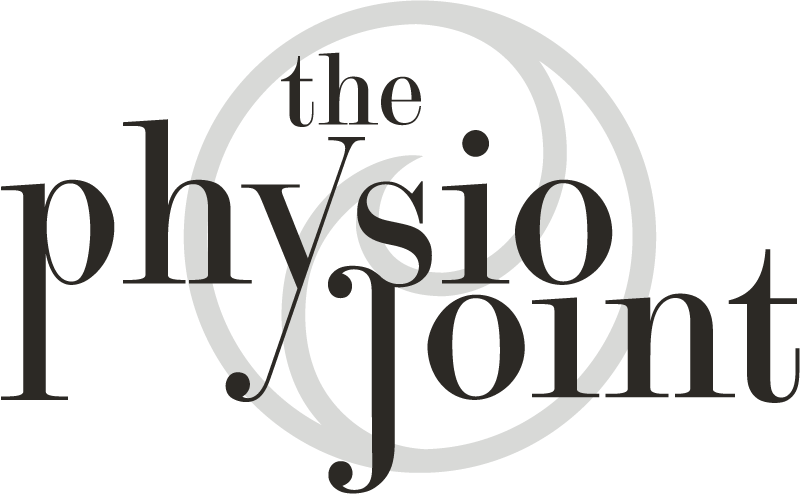New clinical recommendations for whiplash are constantly being developed, with the most recent research being undertaken at the University of Sydney. This research aims to underpin future Australian clinical evidence based guidelines for the assessment, prognosis and treatment of whiplash.
The Quebec Task Force classification system is used to classify whiplash from classification I-IV as stated.
Classification of Diagnosis to Treatment Pathway
Classification I

Limitations in cervical range of motion and tenderness to palpation.
- Early referral to physiotherapy within 4 weeks.
Classification II

Advanced imaging should be used with suspected cervical radiculopathy and patients who are showing no signs of improvement with physio treatment. Not used for patients with pain and musculoskeletal signs only.
- Imaging studies and Pain Specialists referral.
Classification III

Patients with suspected cervical radiculopathy, limitations in cervical range of motion and tenderness to palpation, as well as neurological signs including decreased or absent tendon reflexes, weakness and sensory deficits.
- Orthopaedic Specialist referral.
Classification IV

Patients with suspected cervical radiculopathy, limitations in cervical range of motion and tenderness to palpation, as well as a cervical spine fracture and/or dislocation.
- Surgical Specialist intervention.
Prognosis and assessment of whiplash disorders is determined using the classification system outlines above. For more details, please contact our practice.




